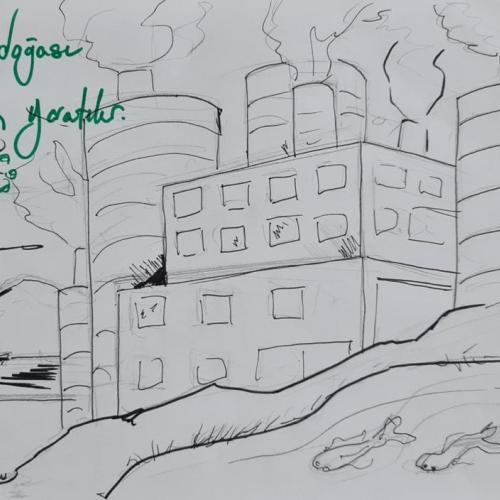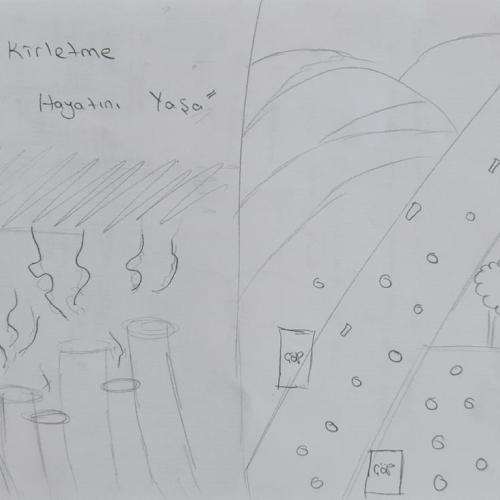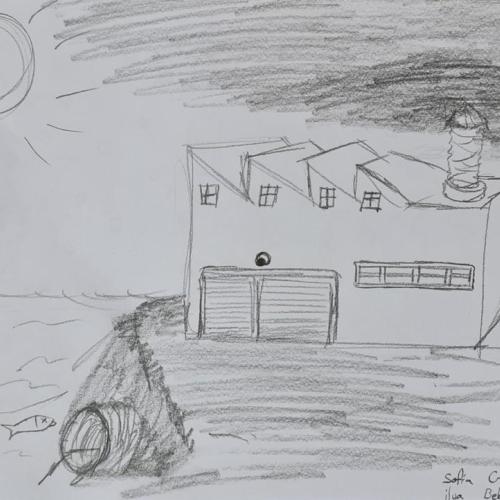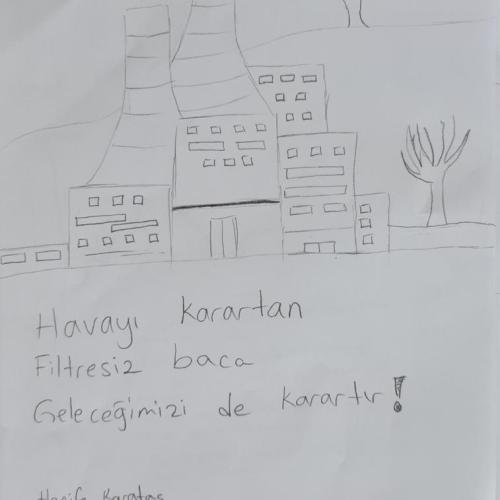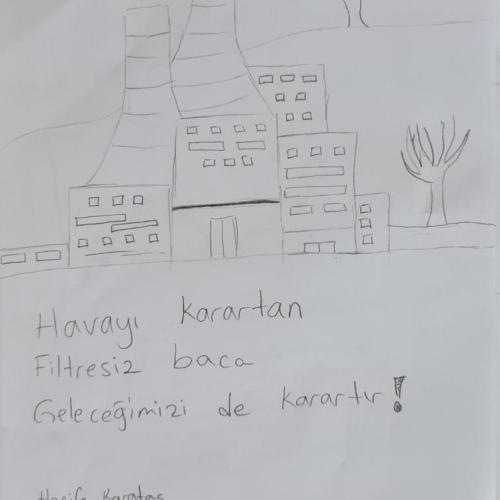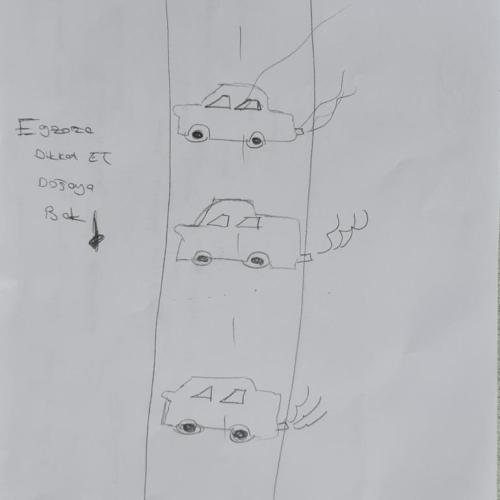Carbon footprint
Neither the carbon footprint nor the ecological footprint is something you leave walking on a beach or in the mud. Do you want to learn what they are and how to reduce them in your everyday life?
Go for it, scroll down and among the activities you will also find a self-experiment…
Warm up
Before you get started on this unit, have a look at the picture with your buddy.
What do you see? What kind of footprint are they talking about? What does it have to do with climate change?
Share your thoughts!
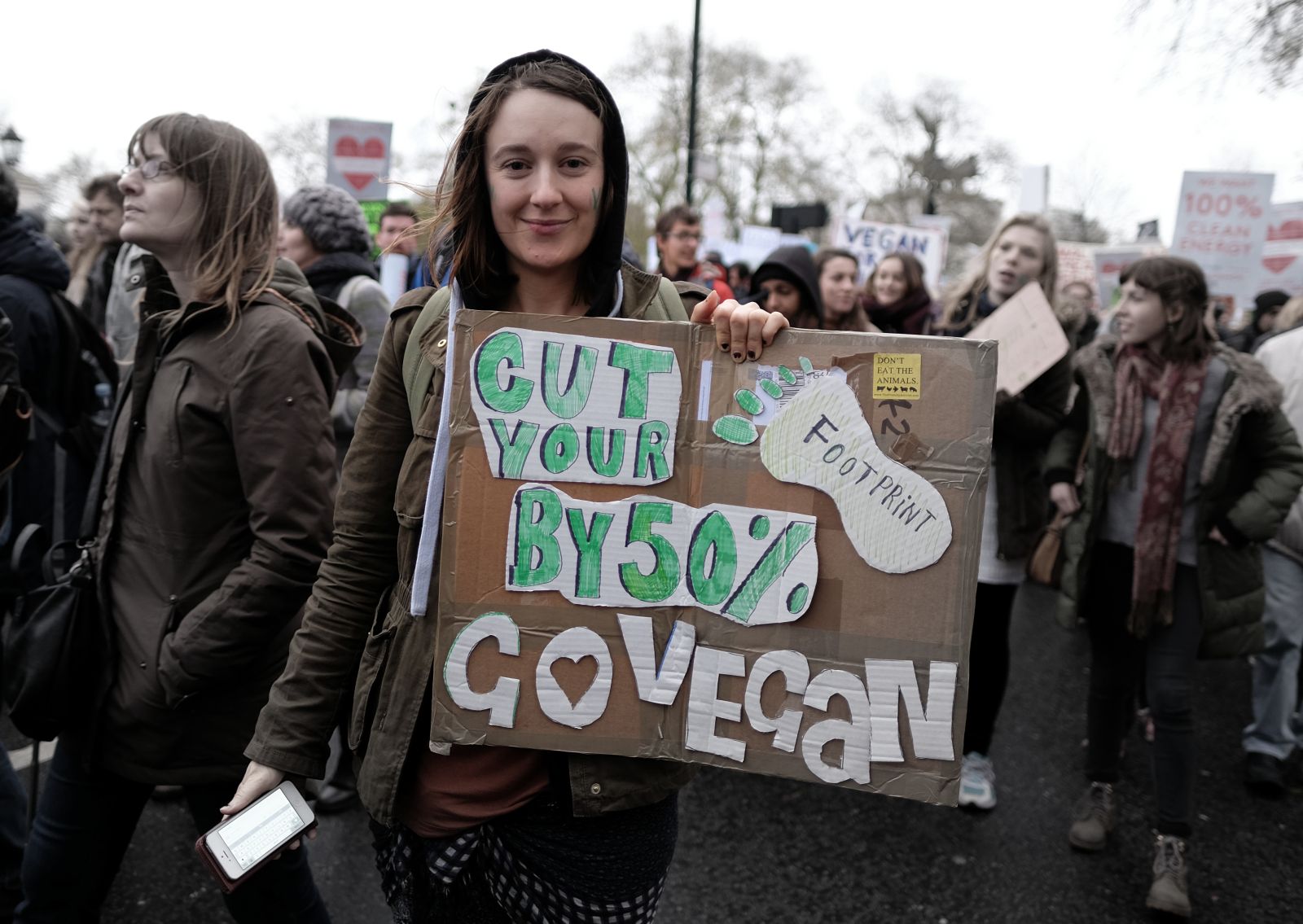

Learn
Both the carbon footprint and the ecological footprint deal with resource usage. The carbon footprint measures strictly the greenhouse gases released due to burning of fossil fuels. The ecological footprint instead compares the resources people consume with the land and water needed to replace them, as the illustration shows.
Dive in 1
Both the carbon footprint and the ecological one help to understand why climate change is happening so quickly.
Choose a language you understand well and take the quiz.
How much do you already know about climate change? You can choose between a kids and adult version of the quiz, or do both, just as you like!
Decide if you want to do it together or separately, in any case: discuss it!

Dive in 2
Do you feel like doing another test together?
Identify the ways in which we can reduce our carbon footprint! What are the correct answers and which are false?

Dive in 3
And now let’s see what you know about the carbon footprint of your diet.
Take a look at the food pyramid.
It shows the nutritional values of the different food groups and the carbon footprint of each.

Create 1
After having done the quizes, create a checklist with your buddy for the work.it area on what people like you can do in their day-to-day life to live more sustainably and climate friendly.
If you want, you can design the checklist with pictures, graphics, drawings and colors so that people get excited to use it.
The checklist can include things like “buy regional groceries”, “ride a bike or public transportation to work/school”, “if it is not too hot: open the windows and turn off the air conditioning!” and much more.
Get into it, try to be realistic and try to come up with new ideas!

Create 2
Look at the map.
It shows the national ecological surplus or deficit, that is a country's biocapacity per person (in global hectares) minus its ecological footprint per person (also in global hectares).
“An ecological deficit occurs when the Ecological Footprint of a population exceeds the biocapacity of the area available to that population. A national ecological deficit means that the nation is importing biocapacity through trade, liquidating national ecological assets or emitting carbon dioxide waste into the atmosphere. An ecological reserve exists when the biocapacity of a region exceeds its population's Ecological Footprint.” (Footprint Network).
- When you look at the map, what do you observe?
- Are the countries you know well biocapacity creditors (green) or debtors (red)?
- What factors do you think have a positive/negative impact?
Create a postcard with your thoughts.

Reflect
Have you gained new knowledge through this unit? New methods or ideas for living more sustainably? Which one will you propose to the people you live with?
Share your thoughts with your buddy.
Ask your educator to login and share your postcard with the KIDS4ALLL community.


